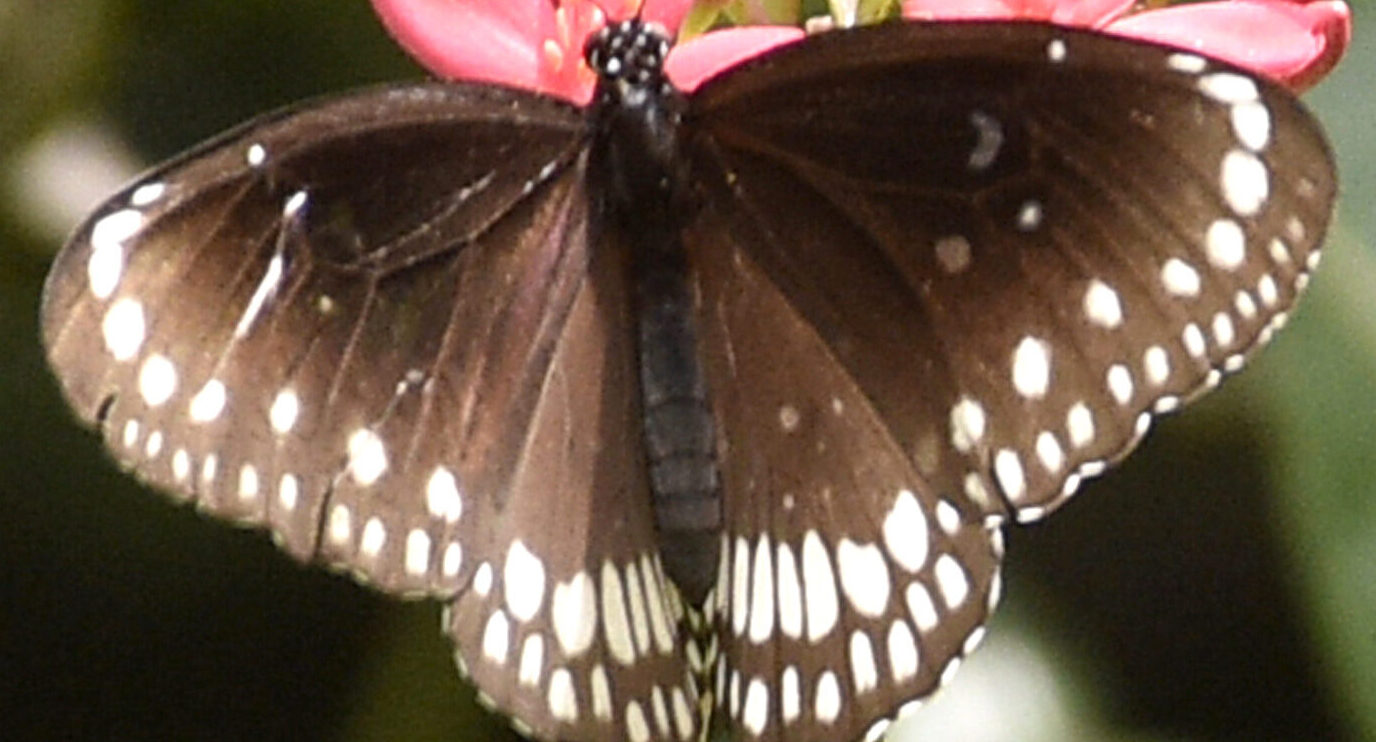


Scientists conducting research in the Ecuadorian Amazon are using an unappealing method to draw butterflies, which are important pollinators that are becoming more and more vulnerable to climate change. Their goal is to blend in with the forest canopy, but they have a strong smell that makes it difficult. They use 32 green net traps that are baited with fermenting bananas and decomposing fish.
Since August of last year, a dedicated team of biologists and park rangers has been conducting a meticulous study of butterfly populations in the Cuyabeno Wildlife Reserve, renowned for its diverse array of flora and fauna. Their efforts involve capturing and cataloging the colorful insects, marking most with identifying symbols on their wings before releasing them back into the wild. However, specimens potentially representing previously unknown species are set aside for further examination.
Unfortunately, the findings from their research have been disheartening. According to biologist Maria Fernanda Checa, butterflies serve as “bioindicators,” reflecting the overall health of their surrounding ecosystem. While the number of butterfly species may not have experienced a decline exceeding 10 percent, the absolute number of butterflies has significantly decreased, possibly by as much as 40 to 50 percent—a trend that raises concerns among researchers.
Under the leadership of expedition leader Elisa Levy, the team diligently inspects the nets for captured butterflies, handling the delicate insects with care as they examine them closely. With their vibrant colors and diverse patterns, these butterflies showcase the rich biodiversity of the region.
Checa emphasizes the sensitivity of butterflies to even minor changes in their ecosystem throughout their lifecycle, from egg to caterpillar to adult. Levy adds that tropical plants, unlike those in regions with distinct seasons, may struggle to adapt to rapidly changing climatic conditions. If these plants fail to adjust, they risk extinction, along with the butterfly larvae that depend on them for sustenance.
Ecuador, though relatively small in size, boasts extraordinary biodiversity, hosting approximately 4,000 species of butterflies—nearly as many as its larger neighbors, Peru and Colombia. However, in areas like the Yasuni National Park adjacent to Cuyabeno, the pace of species discovery lags behind that of extinction, underscoring the urgent need for conservation efforts.